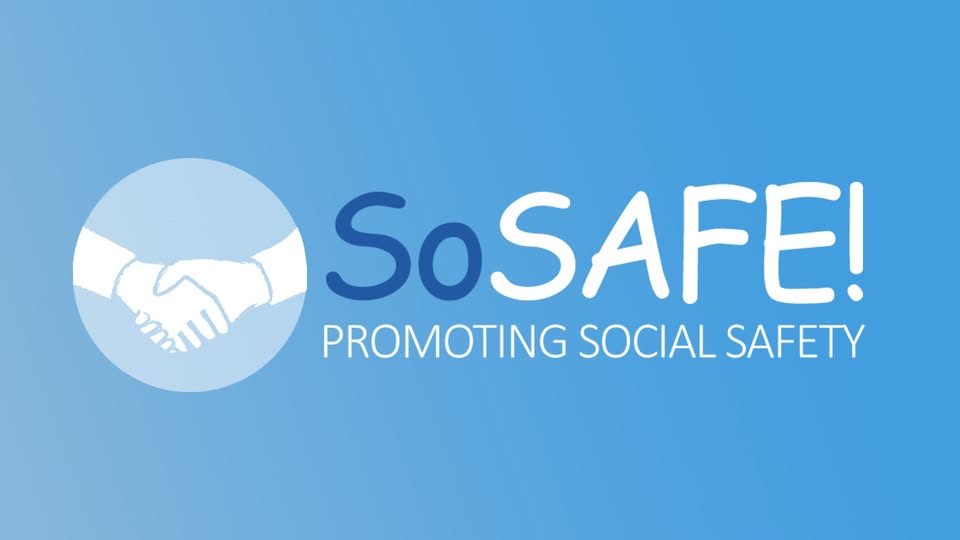

SoSAFE! (social safety)

Student safety and wellbeing are our top priorities.
To support this, we use 'SoSAFE!', a program developed by Pyramid Educational Consultants, which provides students with the tools they need to understand social safety, personal boundaries, and protective behaviours.
What is SoSAFE!?
SoSAFE! is a visual teaching program designed to help students learn:
- The difference between safe and unsafe behaviours.
- How to set and respect personal boundaries.
- How to seek help if they ever feel unsafe.
- The foundations of healthy, respectful relationships.
How we use SoSAFE!
Classroom lessons:
Teachers use SoSAFE! resources to deliver age-appropriate lessons about safety, friendships, and relationships.
Visual support:
Many materials are visual, making them accessible for students with different learning needs and communication styles.
Practical scenarios:
Students practice what they learn through role-play and structured activities, so they can apply these skills in real life.
Why it matters
By teaching students how to identify unsafe situations, respect personal boundaries, and ask for help, SoSAFE! empowers them to take responsibility for their own safety. It also reassures parents that their children are learning lifelong skills for independence, self-advocacy, and wellbeing.
Key concepts in the early stages of SoSAFE!
At the start of the SoSAFE! strategy, students are introduced to some very important ideas about personal safety and boundaries:
- Private body parts:
Students learn that some parts of the body are private and should be covered by underwear or swimwear. - Consent:
Students are taught that permission must always be asked and given before certain actions or touch. - The right to say no:
Students are supported to understand that they can refuse help if they do not feel comfortable, while staff will always balance this with their duty of care.
These ideas are applied in real-life contexts such as hygiene, medical care, and toileting, helping students build confidence and understanding in everyday situations.
We place a strong emphasis on teaching consent so that students can protect themselves from unwanted touch and potential abuse. To make sure every student can express themselves, we provide different ways of communicating consent — such as spoken language, visual prompts, signs, or gestures — and students practice these skills through a variety of scenarios.
Further Support for Parents and Carers
We understand that topics around social safety and relationships can sometimes feel challenging, sensitive, or even uncomfortable to talk about. The SoSAFE! program is designed to make these conversations clearer and more accessible for young people with SEND, while also supporting teachers and parents/carers in delivering consistent, practical messages.
To learn more about SoSAFE!, visit their website: sosafeprogram.com

